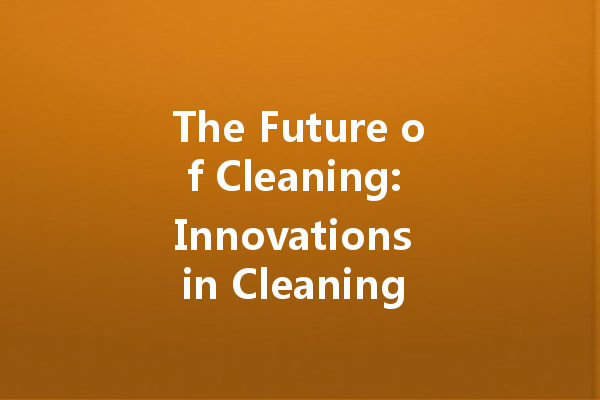Introduction
The cleaning agent industry is undergoing a significant transformation fueled by innovations that are reshaping our approach to cleanliness and sustainability. With environmental concerns on the rise and consumer preferences shifting towards eco-friendly solutions, manufacturers are responding by developing cleaning agents that are not only effective but also safe and sustainable. In this article, we’ll explore some of the latest trends, technologies, and challenges in cleaning agent manufacturing that are paving the way for a cleaner future.
Emphasis on Eco-Friendly Ingredients
As more consumers become conscious of their environmental impact, there has been a notable shift toward eco-friendly cleaning agents. Manufacturers are increasingly formulating products using biodegradable materials and plant-based ingredients, reducing reliance on harsh chemicals that can be harmful to health and the environment. This transition is not only responding to consumer demand but also adhering to stricter regulations regarding chemical usage.
Technological Advancements
The integration of technology into cleaning agent manufacturing has provided a range of innovative solutions. For instance, smart cleaning agents that utilize nanotechnology can penetrate surfaces at a microscopic level, breaking down dirt and grime more effectively than traditional products. Additionally, artificial intelligence is being leveraged to develop formulations that enhance cleaning performance while minimizing waste.
The Rise of DIY Cleaning Solutions
Another aspect of innovation in the cleaning agent sector is the growing trend of do-it-yourself (DIY) cleaning solutions. Many consumers are interested in making their own cleaning products at home using simple, natural ingredients. This trend not only provides cost savings but also allows for greater control over the ingredients used, aligning with the demand for transparency in product formulation. Manufacturers are adapting to this trend by offering kits and resources for consumers to create their own cleaning agents safely.

Addressing Health Concerns
The COVID-19 pandemic has intensified awareness around hygiene and sanitation, leading to an increased demand for disinfectants and antibacterial cleaning products. Manufacturers are focusing on developing cleaning agents that effectively kill germs and viruses without leaving harmful residues. This shift has spurred research and innovation in formulations that are both potent against pathogens and safe for everyday use.
Sustainable Packaging Solutions
In addition to innovating products, cleaning agent manufacturers are also rethinking their packaging. Sustainable packaging solutions, such as biodegradable containers and refillable systems, are becoming common practice. These efforts not only help reduce plastic waste but also cater to environmentally conscious consumers. Companies are taking a holistic approach to sustainability by addressing both the product and its packaging.
Challenges in Innovation
While the future of cleaning agent manufacturing appears bright, several challenges must be addressed. One of the main hurdles is the balance between performance and safety. As manufacturers strive to eliminate toxic chemicals, they must ensure that their products still meet consumer expectations for efficiency and effectiveness. Additionally, navigating regulatory requirements in different regions can be complex, particularly as governments enact stricter guidelines on chemical use.
Conclusion
The cleaning agent manufacturing industry is at a pivotal point, driven by innovation and a heightened awareness of sustainability. As manufacturers adapt to meet consumer demands for eco-friendly and effective cleaning solutions, we can expect to see a range of exciting developments in the years to come. With a commitment to safety, performance, and environmental responsibility, the future of cleaning agents looks promising. Embracing these innovations will not only lead to cleaner homes and offices but contribute to a healthier planet for generations to come.
